Practical Prepper
Disease Outbreaks: History’s Lessons On Surviving Mass Infections

Danger on Earth is always present. It takes many forms, from the evil of other humans to poisonous spiders, hippopotamuses, rats… But mankind’s oldest foe has pushed our species to adapt and evolve in order to fight it. It is a struggle that predates the birth of the sword, has cost us uncountable lives over the centuries, and wreaked havoc upon culture after culture across time and space. Disease.
Every so often our age old enemy materializes with force – out of nowhere – to engage our species in a microscopic war. Carnage is the end result. And no matter how advanced our medicine gets, no matter how good our hospitals are or how quick the response might be, outbreaks happen. And serious outbreaks usually result in massive human casualties.
There have been some pretty bad one’s over the years – pandemics, epidemics, plagues, epizootics… Fortunately, despite the terrible horror and mad despair these biologic catastrophes leave in their wake, they also provide human beings with the opportunity to adapt and to learn. The opportunity to hone our survival capabilities.
There will be a “next one”… There always is when it comes to disease. It is our most ancient nemeses, and it is constantly growing and adapting, manifesting in new forms to attack our bodies in new ways and spread ever faster, ever more easily. Our medicine is working hard to keep up. But with 7 billion people all crammed onto this tiny blue rock, humanity is poised, primed, and well overdue for the next outbreak.
So, read up: there’s a lot that can be learned from humanity’s past encounters with our biotic foes.
The Plague of Justinian
The beginning is as good a place as any to begin. So we’ll start with the Plague of Justinian, 1,475 years ago, the first ever recorded disease outbreak.
This plague affected the Eastern-Roman (Byzantine) Empire between 541 and 542 AD. The Byzantines were a powerful bunch, a branch of the old Roman empire who ruled over the Eurasian world for many centuries – they were rich, had a powerful military, a prosperous culture, and they had a lot to lose… which they did. And this plague played a big part in their downfall.
Rats from Egypt carried the plague to the Eastern Romans via grain ships, rats likely carrying fleas with an old strain of Bubonic plague. But a huge contributing factor was something rather unusual: a volcanic winter. Somewhere, a volcano had erupted so violently and with such force, it put the entire Earth under a period of extreme weather patterns and climate variations.
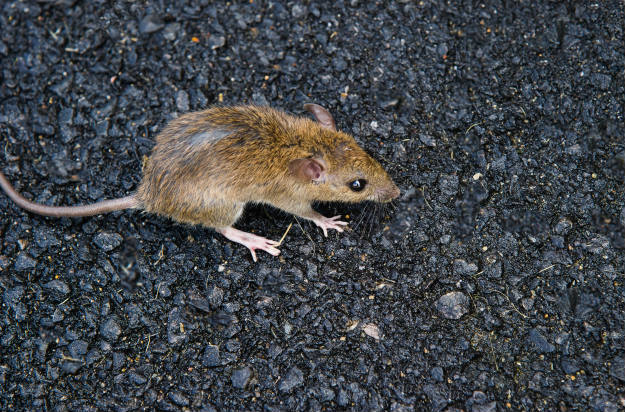
What can be learned from the some 25 million people who died in this historic outbreak? Well, first and foremost, history changed significantly. The Byzantine Empire was weakened at a critical point in their history, and even centuries later; scholars believe the lasting effects of this plague helped the Arabs win the Arab-Byzantine wars. So although this plague only lasted two years, the consequences lived on, echoing throughout the next hundred.
A plague outbreak like this could devastate the future of our modern world… the enduring aftermath would last for generations. Understanding the potential weight of an outbreak like this is crucial to surviving one – plagues and epidemics like it are a big deal. Surviving one is difficult, but understanding the historic weight of these ill-episodes is key to surviving one. Never underestimate.
Also, natural forces (like a volcanic winter, or climates changing) can contribute heavily to the severity of an outbreak. Factors that are totally and absolutely out of all human control or influence can help a disease spread and proliferate faster than it would normally. Preparing for the unexpected can be critical to giving yourself the best chance possible.
And finally, rats. Keep rats in mind. Because as we move forward you will likely notice that these ugly little critters have played a decisive role in several serious disease outbreaks throughout history.
The Black Death
Oh yes, the Black Death… perhaps the most infamous instance of disease outbreaks humans have ever been exposed to. This pandemic influenced generations of art, and is still referenced today as one of the darkest, most horrific chapters of our past. Understandably. It ravaged the populations of India, Mesopotamia, Tartary, Syria and Armenia before it even reached Europe – where it [arguably] did the most damage.
Dead bodies were everywhere. Everyone was sick. Everyone seemed to be dying. Plague doctors moved eerily from house to house, visiting the infected and declaring the dead… Strange and horrible times abounded.
Well, the takeaway I’m going to focus on here is a simple one, but an important one: the Black Death started in 1346, but unlike the Plague of Justinian, it came back and came back, and came back again. In fact, this lethal disease was sweeping back and forth across history so persistently that it was present in Europe every year from 1346-1671.
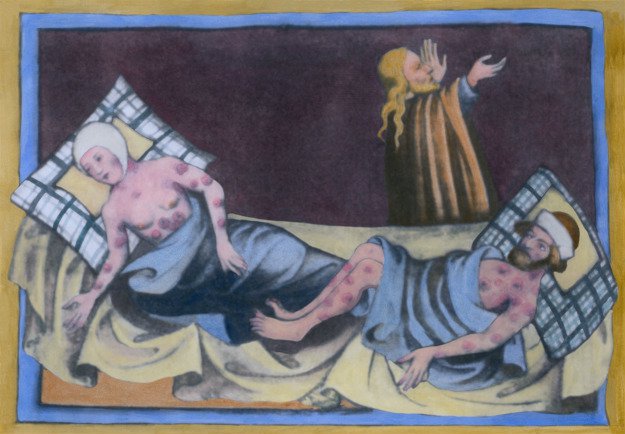
Could you imagine? America is only 250 years old – the Black Death was massacring Europe for 325 years! Our entire national history could fit inside that of the Black Death, plus an extra 75 years. Never underestimate the tenacity of a disease outbreak – when you think it’s finally gone for good, subdued, contained, vanquished, it may come back to stub out you and your family and all of your friends. Never let your guard down.
And, once again, ground rodents (i.e. rats) are attributed with facilitating the spread of the Black Death, acting as carriers. Rats are bad news when it comes to diseases. So making sure they stay out of your food, and your home, and your life in general is important to sustaining a healthy, uninfected life.
The Spanish Flu of 1918
After World War I finally started drawing to a close, illness saw an opportunity and snatched it: taking advantage of post-war living conditions like malnourishment, overcrowded medical camps, poverty and poor hygiene. The result? It was one of the modern era’s most atrocious influenza outbreaks, which took somewhere in the neighborhood of 100 million lives (roughly 5% of the world’s population at the time).
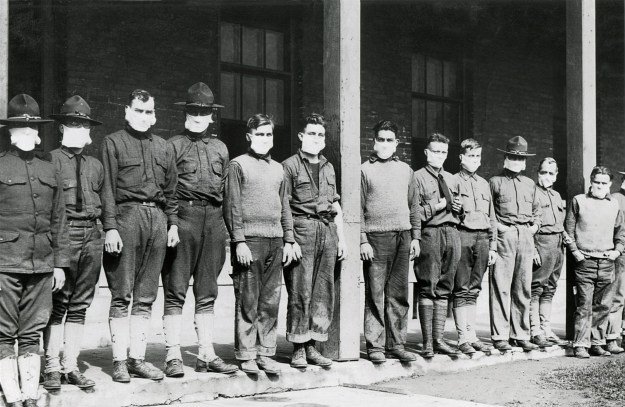
This unusually aggressive strain of virus spread like butter on toast throughout post-WWI Europe. Which proves to illustrate a sort of two-fold point: first, disease flourishes in the wake of great violence. Our wars seem to embolden outbreaks, to strengthen their resolve and their ability to infect us. So if you are waiting for the next big outbreak, you might do well to keep a close eye on military conflicts around the world. And second, third world conditions are like tinder to a blaze – if you are traveling and catch word of a serious outbreak, try not to wait around.
Polio
Polio had been around for a very long time. There are ancient Egyptian carvings that depict humans suffering from Polio – that’s how old it is. But it didn’t become an epidemic until 1916 in the United States. In that year alone there were 27,000 cases of Polio and 6,000-recorded deaths. The widespread nature of this outbreak caused panic, forcing many families to flee cities like New York and Philadelphia, dissipating into the countryside. Then in 1949, the disease flared up again every summer throughout the 1940’s and 50’s, taking almost 3,000 more lives.
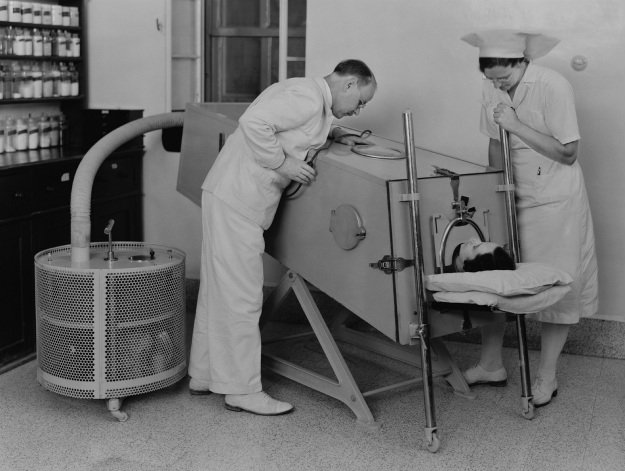
But in 1952, we developed a vaccine for Polio. Since then, we have nearly eradicated the disease from our society. This vaccine was one of the most successful instances of vaccination in human history and has saved uncounted lives since its implementation. The lesson? We can eliminate bad diseases when they threaten us. Hopeful, right? Our science has evolved to the point where scientists and doctors can create a preventative shot that is so effective it all but eliminates the problem entirely. We can do it. We have the power.
Ebola
Anyone reading this article is old enough to remember the recent outbreak of Ebola, which terrified the world, and laid ruin to West Africa. We’ve done battle with bubonic plague, influenza Poliomyelitis… but in 2014, the bacteria Ebola, a relatively new enemy, burst forth like a bloodthirsty hellhound. It took 11,310 lives and spread faster than wildfire. It surged across West Africa and put the entire world on edge… if this outbreak had gotten a little farther it could have been “the next big one”. Entire cities were quarantined, and travel to and from Africa ground almost to a near-complete halt.

The moral of this story is that these outbreaks can happen fast. They come out of nowhere, and, even in a society where we are equipped with international medical services trained to deal with this sort of thing, disease outbreaks can take us by surprise and spread faster than we are capable of containing. So stay alert and stay informed, otherwise you may find out too late. Stay ahead of it. Stay on guard.
Disease on Earth
There’s no telling when or where the next serious outbreak of disease will be. It could be across the world, it could be in your hometown. Being prepared for it, and understanding our history with disease will put you a step ahead of the rest. Some of the big takeaways from these outbreaks:
- Even great and powerful cultures can fall easily and quickly to an outbreak.
- Outbreaks have lasting effects that can change history drastically.
- Rats suck (along with many other ground rodents) and often carry disease/s.
- Stay on guard, even after things seem to be getting better. Diseases like to recur.
- Wars often precipitate disease outbreaks. They create the ideal disarray for disease to spread.
- Third world regions are particularly susceptible and therefore more dangerous.
- We can win. Vaccinations and medications can be created, which have the capability to eradicate diseases. There is hope!
- Outbreaks happen fast, and can spread faster than we are prepared to deal with. Be prepared to survive an outbreak at a moment's notice.
Our ancestors did a lot of suffering at the hands of diseases. I can’t even imagine what it would have been like to live through one of these historical epidemics – the horror, the sadness, the misery… Don’t let their tribulations go to waste! Learn from the past, learn from the mistakes and the successes of those who came before, and maybe – just maybe – you will see next big one – and live to tell the tale.
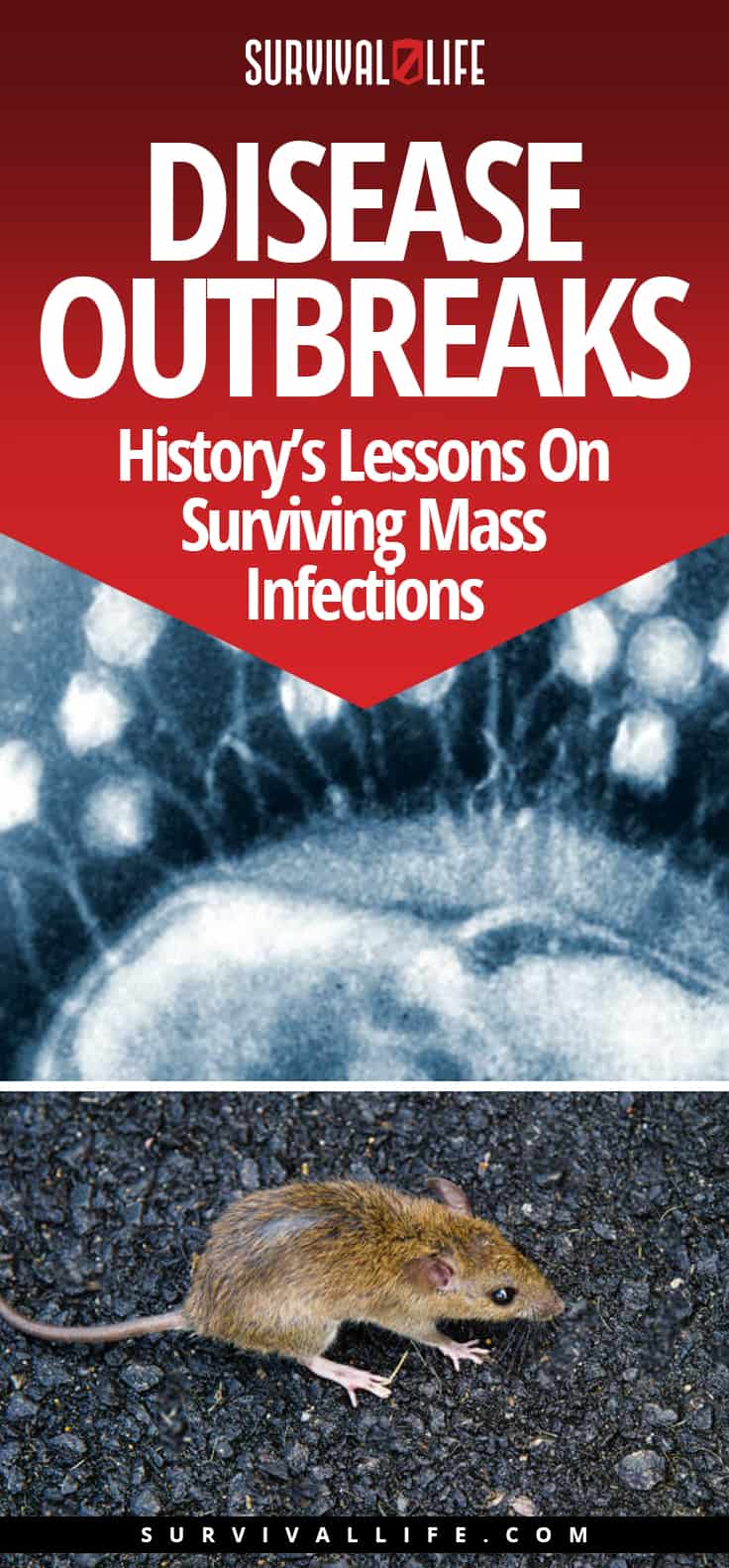
For awesome survival gear you can’t make at home, check out the Survival Life Store!
If you're looking for more information on infectious diseases throughout history, check out a fe of these products:
- If you're searching for a basic overview, read this A to Z of Infectious Diseases (Concise Encyclopedia)
- Perhaps you are looking for something more thorough but easily accessible? Give this Infectious Diseases A Clinical Short Course a try!
-

 Paracord Projects1 year ago
Paracord Projects1 year agoParacord Projects | 36 Cool Paracord Ideas For Your Paracord Survival Projects
-

 Paracord Projects1 year ago
Paracord Projects1 year agoHow To Make Paracord Survival Bracelets | DIY Survival Prepping
-

 Medical Care1 year ago
Medical Care1 year ago21 Home Remedies For Toothache Pain Relief
-

 Knife Laws1 year ago
Knife Laws1 year agoAre Switchblades Legal? Knife Laws By State
-

 Do It Yourself1 year ago
Do It Yourself1 year agoSurvival DIY: How To Melt Aluminum Cans For Casting







Pingback: 4 Human Diseases Caused By Chickens | Survival Life
JOHN BELVITCH
June 4, 2019 at 9:40 AM
WHERE IS ARTICLE ON WAYS TO MAKE WATER SAFE TO CONSUME ? if you switch me to something else UNSUBSCRIBE me right now !!
Anonymous
June 8, 2019 at 6:00 AM
I know right ! I read the disease article anyway
Pingback: Surviving the Collapse of Society: Will Society Collapse? Society Collapse 2040 - Survivalnomics
Pingback: Surviving the Collapse of Society: Will Society Collapse? Society Collapse 2040 – The Self-Sufficient Life
Pingback: Will Society Collapse in 2040? Society Collapse 2040 – The Reality of Our Societal Decline - Survivalnomics
Pingback: Will Society Collapse in 2040? Society Collapse 2040 – The Reality of Our Societal Decline – The Self-Sufficient Life
Pingback: Will Society Collapse in 2040? Society Collapse 2040 – The Reality of Our Societal Decline - Primal Survival